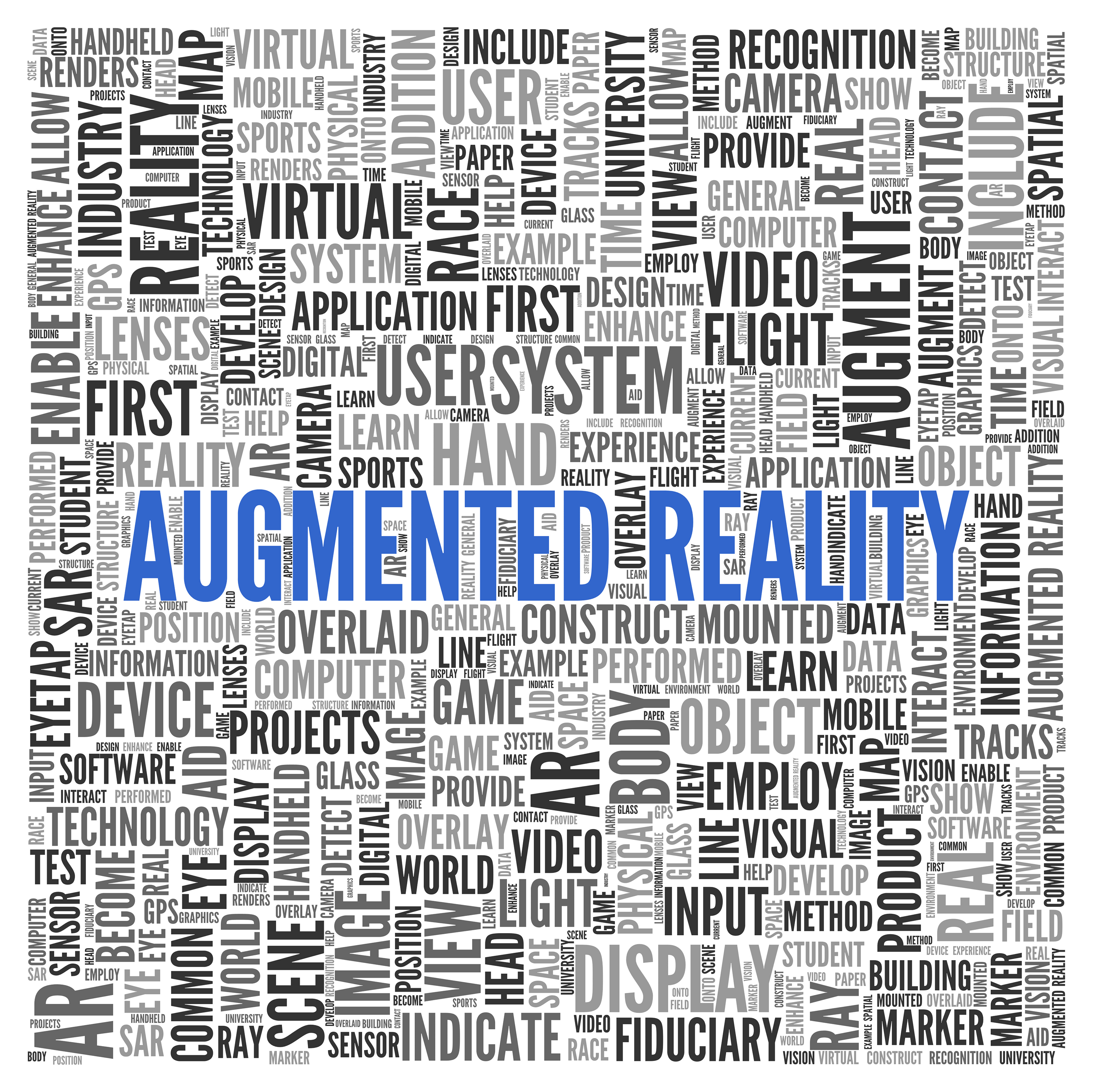Lessons from Pokemon: Should We Do Something Just Because We Can?

 The newest app to cause a craze this summer is Pokemon Go, released in July. Pokemon Go is a game that brings Pokemon characters to life on the screen, placing them into your view of the world on your screen. How does it place on-screen characters into the world as you see it? The answer is Augmented Reality.
The newest app to cause a craze this summer is Pokemon Go, released in July. Pokemon Go is a game that brings Pokemon characters to life on the screen, placing them into your view of the world on your screen. How does it place on-screen characters into the world as you see it? The answer is Augmented Reality.
We’ll get back to Pokemon shortly, but let’s look at the basics of augmented reality first.
What is Augmented Reality?
 Augmented reality (AR) is “a live direct or indirect view of a physical, real-world environment whose elements are augmented (or supplemented) by computer-generated sensory input such as sound, video, graphics or GPS data.” It is essentially a layering of the physical pre-existing world as we see it and computer generated content and this combined view is made accessible via a smartphone or tablet.
Augmented reality (AR) is “a live direct or indirect view of a physical, real-world environment whose elements are augmented (or supplemented) by computer-generated sensory input such as sound, video, graphics or GPS data.” It is essentially a layering of the physical pre-existing world as we see it and computer generated content and this combined view is made accessible via a smartphone or tablet.
How Augmented Reality Works
The basic requirements of AR are an Internet-connected device with a camera and an AR application.
The app uses the camera on the device as an “eye” to identify real-world target objects (any kind of 2-dimensional print or digital image). As a “trigger” comes into view, the augmented content is automatically activated, overlaying new content and information viewable in real-time by whoever is holding the device.
The overlying content is digitally attached to the trigger, so that regardless of your distance or viewing angle, the content always moves with you. The augmented content can be any type of picture, video, or audio.
The result is a truly customized and enhanced view of the physical world, with content transforming and bringing a new experience to life before your eyes via your phone.
Back to Pokemon
 As with any new technology, there are obvious pros and cons. Some Pokemon pros include people exercising and walking more to find and catch the Pokemon creatures, and businesses experiencing growth as players are drawn to their location.
As with any new technology, there are obvious pros and cons. Some Pokemon pros include people exercising and walking more to find and catch the Pokemon creatures, and businesses experiencing growth as players are drawn to their location.
Many Pokemon cons have been reported too, including drivers crashing into trees and police cars while playing Pokemon and players being targeted for robbery. Are these a result of the game, or of people making questionable decisions while playing the game? That is the subject of much debate, along with this question: are there places where Pokemon should not be played?
Like the Holocaust Museum? Or the Auschwitz Memorial? Or the 9/11 Memorial? Or Arlington National Cemetery?
Perhaps the more important question is just because technology makes something possible, does that mean we should do it?
Pokemon Go is entertaining people, helping some people exercise more, making a lot of money for the creator, making some money for other businesses, but it is also creating discussions about the limits of technology (are there any? Should there be?) and how it can best be used in everyday life. It is also making augmented reality a topic of conversation, as people are exposed to the great potential that exists when an online world can be merged with the real world.
Back to the question of whether Pokemon Go should be played at places like the Holocaust Museum or Arlington National Cemetery. Most people would probably say no. But does that mean that the underlying technology that makes the game possible (augmented reality) should be banned, or that it has no purpose at some places?
What if augmented reality wasn’t used as a game to catch creatures at Auschwitz or the Holocaust Museum, but was used to bring survivor stories to life on your screen?
What if augmented reality wasn’t used as a stop to collect game treasures, but was used to document the minute-by-minute timeline of events that unfolded on September 11 at the 9/11 Memorial?
Maybe the most important question is actually one of application: technology has made ______ possible, so how do we best use it?
In the case of augmented reality, it is making many things possible and, thanks to Pokemon Go, more people have now experienced it and are talking about what the future of augmented reality will hold.
Share This Article
Categories
Latest Posts

Philadelphia 2026: Is Your Venue Ready for the Spotlight?

Scalable AV Infrastructure for Life Science Enterprises

Extend Your Reach: The Power of Virtual and Hybrid Events

Why Every Detail Matters in Investor and Year-End Meetings

IMS Technology Services Welcomes John Beaulieu
Tags
Contact Us
- Headquarters: 3055 MCCANN FARM DRIVE, GARNET VALLEY, PA 19060
- Event Staging: 2000 COLUMBIA AVENUE, SUITE 300, LINWOOD, PA 19061
- Southeast Office: 404 SUNPORT LANE, SUITE 350, ORLANDO, FL 32809
- Phone: + 610-361-1870
- Contact Us
Services
Recent Posts

Philadelphia 2026: Is Your Venue Ready for the Spotlight?

